Tag: Creativity
The POOH System to Get Creative
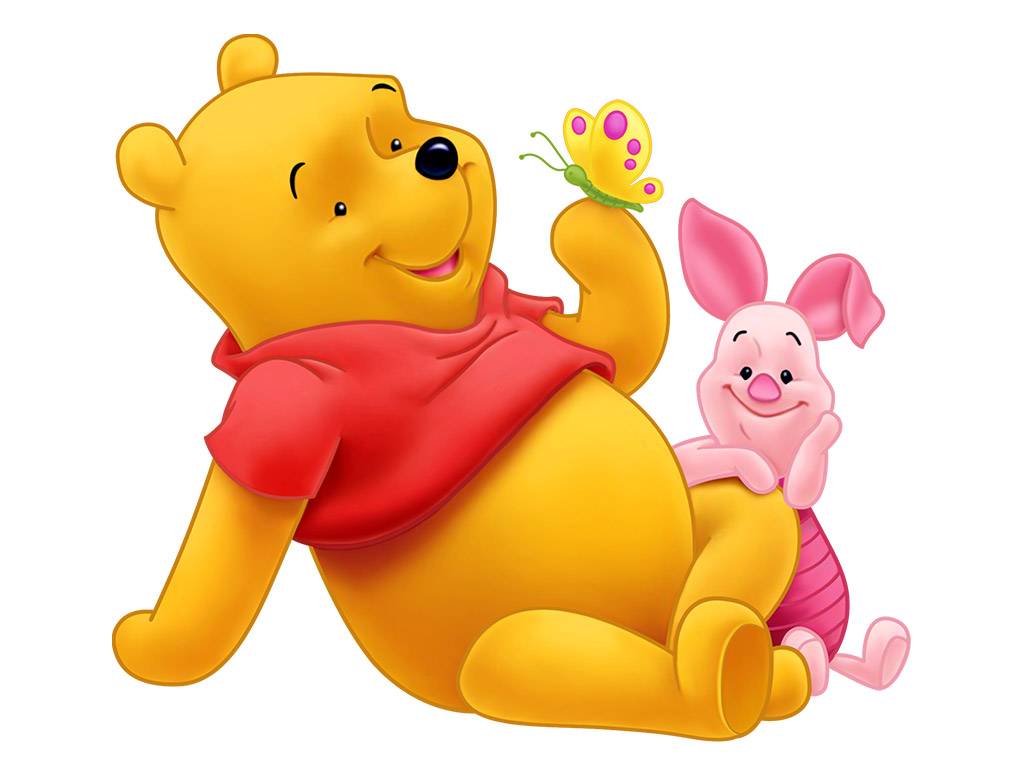

—
How do people who have great ideas come up with them? Do those who rely on inspiration to do their work use a special system? What strategies do marketeers, writers, artists, designers, and more, use to create new work?
I recently read a book on this topic as preparation for an offsite I was asked to create. In Strategic Intuition, William Duggan reviews some of History’s most creative minds to distill the formula they used to come up with innovative solutions.
I’m not going to share the formula (at least not all of it) because the book is really worth the read. Instead I’ll share how it relates to the creative work I do. I design and deliver offsites for executive teams, often the same teams. So coming up with different ideas for the same crowd can be a challenge.
The team leader who suggested I read book, whom I’ve been working with for years, said: “If you look at how you prepare your offsites, you’ll probably notice that the elements of the formula are somehow involved in your creative process.”
Now that’s an interesting endeavour. So I did and I noticed that in fact there is a pattern — hence the acronym “POOH” — that I have been using for nine years to build workshops and facilitation sessions. I believe it can be applied for other creative purposes. So here it goes for you to try the next time you need ideas.
After meeting with the team lead, and bearing in mind that the mind cannot not answer a question, I consider the following:
Purpose: I ask myself: Why are we going to do this? What meaningful reasons do we have? I answer this in one short sentence. Nietzsche said that those who have a why to live for can bear almost any how. Purpose is powerful. Purpose is the engine of creativity, while also being the guard rails of the creative process. No guard rails on the road means you can end up derailed. An example of a purpose for a team offsite is: We’re doing this because we rely on trust to get work done, and we want to increase trust in the team.
Objectives: I ask myself: What needs to be done? What needs to happen? I write down all that comes to mind. Then, even if I have no idea yet of how to achieve this, I choose the top three specific actions I’m aiming to achieve. Given the purpose above, an example of an objective could be: Show vulnerability to teammates.
Outcomes: I ask myself: What will be the consequences of achieving these objectives? Here we are looking for the end state that emerges from achieving the specific actions. Outcomes allow us to assess to the degree to which we’ve achieved the objetives. Given the above, an example of an outcome is: Teammates express a renewed appreciation for one another other, as a consequence of everyone having shown vulnerability.
Hunches: I ask myself: If I knew how to make all this happen, what would I do? I write down whatever comes to mind. These are the intuitions of how we’ll achieve the objectives, the gut feeling about the strategies that will lead to the outcomes. An example of a hunch in this case is: Share a personal story about a failure in life.
And that’s it. Like all good wine, ideas need to age. I’m done for now. I’ve given my mind all the information it needs in order to search my memory files and combine information is a new way to come up with new ideas. And my mind does.
In the course of the following week, or two, ideas pop up. And when they do, I write them down in the same place. Lo and behold I now have enough material to design a new, relevant and coherent offsite.
What is your process for creative work? Do we have anything in common? Is this useful in any way? I would love to hear from you.
BTW, the “search” and “combine” bits are part of the formula in the book. 😉
PS: Special thanks to my friend Marie Eouzan for inspiring the idea for this post. 🙂
Is Your Small Talk SMART?
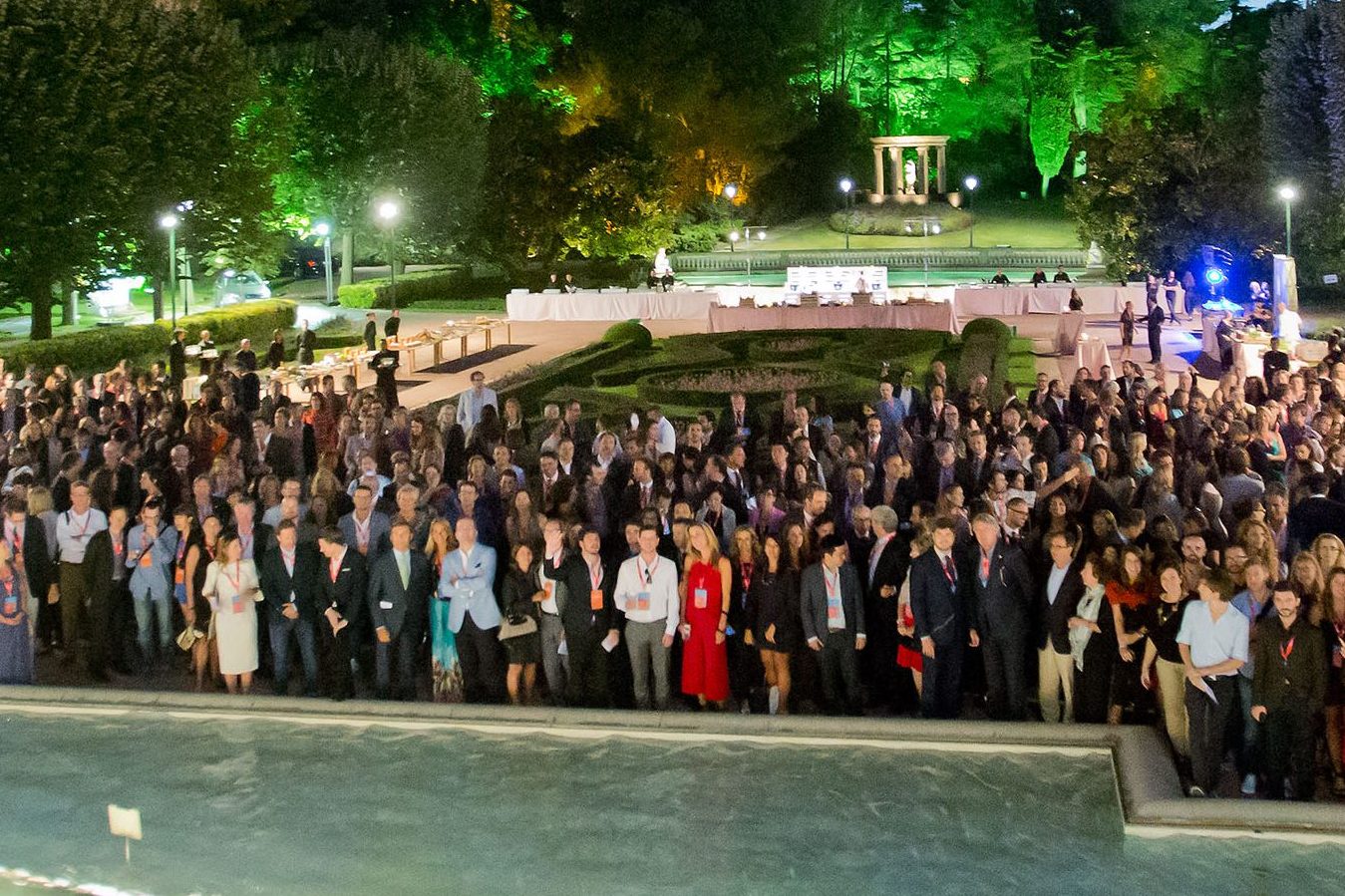
Last week I attended the 3rd Hola Barcelona Cocktail, an event organized by Barcelona Global to welcome new international professionals arriving in Barcelona.
The purpose is to strengthen the relationship between Barcelonians by birth and Barcelonians by choice. It was lovely. I met wonderful people and conversations were great, which got me thinking: What makes small talk interesting?
The topic is important, but not everything — you can have a pointless conversation about a great topic! The key is HOW we talk.
Make small talk SMART:
Supportive, Meaningful, Authentic, Refreshing, and Tasteful
But, is small talk really that important? After all, it’s just chit-chat, right? Or not? Is there a connection between small talk and other areas of our life?
As a team effectiveness trainer, I often join teams for social events after the training. And for 4 years now I’ve been looking for a connection between the quality of small talk and people’s professional and personal fulfillment. I’ve found one:
Effective leaders and teams engage in smart small talk.
There’s a chance I’m seeing what I want to see, which begs the question: Is there scientific evidence to support my findings? I did some digging and there is.
For instance, Judith E. Glaser has coined the term “Conversational Intelligence” or “C-IQ”, a person’s ability to connect with others through conversations and to jointly think innovatively, empathetically, creatively and strategically.
Judith and the people at Benchmark Communications Inc. have studied the neurochemistry of conversations and shown that managers who “talk smart” are more successful than those who don’t.
So small talk is not just a chit-chat. Smart small talk does make a difference!
Here’s an experiment to spice up conversations at your next event:
- Step One: Identify interesting angles to the conversation, relevant aspects or perspectives that are being overlooked.
- Step Two: Ask a politely provocative question. This will accomplish two things: you’ll get people’s attention and you’ll spark openings for more meaningful dialogue.
- Step Three: Pick a positive message. This is important because you want to contribute to the conversation in meaningful way.
Easy to remember: Angle + Question + Message.
What do you do to keep the small talk smart?
How Odie Helps You Design Awesome Workshops!
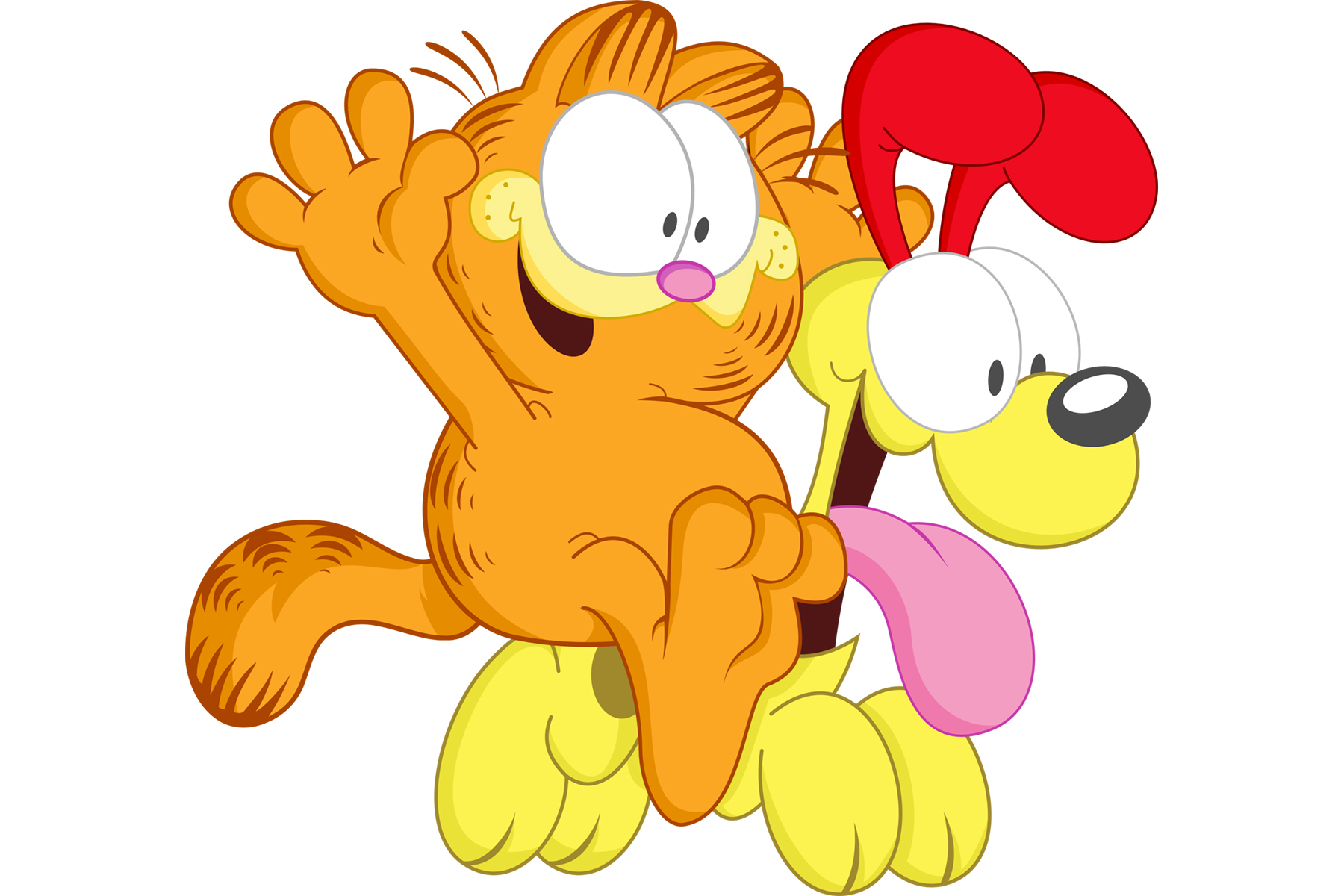
The other day my friend and colleague Evgueni Talal, a specialist in customer satisfaction, asked for feedback on a workshop he’s preparing for the Toastmasters Fall District Conference in Lyon.
This got me thinking about what makes workshops awesome. I noticed four recurring elements that make workshops memorable experiences. Remember Odie from Garfield? These are the ODIE elements of awesome workshops.
- Original: How will the content be MINE?
When I began creating my conflict resolution seminars, I asked my friend and colleague, Florian Mueck, a public speaking and charismatic communication expert, for advice. Halfway through my first sentence, he said: “Stop! Don’t talk about someone else’s stuff. Present your own material.”
“Original” answers the question: What does the workshop offer that is uniquely mine that participants can get nowhere else? Evgueni has decided on something unique, to say the least. I won’t ruin the surprise, but be prepared to dance!!
This element avoids making the workshop merely a loudspeaker for other people’s material. Think about it: Why would someone want go to a workshop to listen to you talk about someone else’s ideas?
But how can we be original when some of the material is not ours? Only you own the experience of the content. Share your personal experience and add value by making connections we haven’t heard of. What does networking have to do with dancing? I have no idea. Ask Evgueni!!
- Doable: How will lives change?
The high applicability of the workshop to real life situations is crucial. “Doable” answers the questions: What will participants be capable of DOING when the workshop is over? What are the specific outcomes they can count on?
The answer to these questions begins with: By the end of the workshop participants will be able to do 1… 2… and 3… Once you’ve got the answers to this, design your workshop to make it happen.
What we avoid here are merely reflexive workshops that make us think about cool stuff but don’t equip us with the tools to change specific situations in our lives.
- Interactive: How will they share the stage?
Workshops where the participants are the stars are always successful workshops. The interactive element answers the question: What exercises and activities will I include to involve the participants?
What we avoid here are passive workshops, where participants receive but do not give. Awesome workshops invite participants to share their knowledge and skills. This is what makes it a workshop instead of a lecture or a speech.
- Entertaining: How will they be fully engaged?
No one wants to deliver boring workshops. But some people do. Inspiring others with our enthusiasm is the name of the game. It’s the greatest challenge we face.
Here are a few tips to make workshops more entertaining: tell stories, provide a form-like-handout with questions and blank slots to be filled throughout the workshop, and use examples that relate directly to your participants’ struggles.
Thank you Evgueni, for inspiring the topic for this post! Thank you Odie, for making the elements unforgettable: Original, Doable, Interactive and Entertaining!
Two Signs Of Good Advice
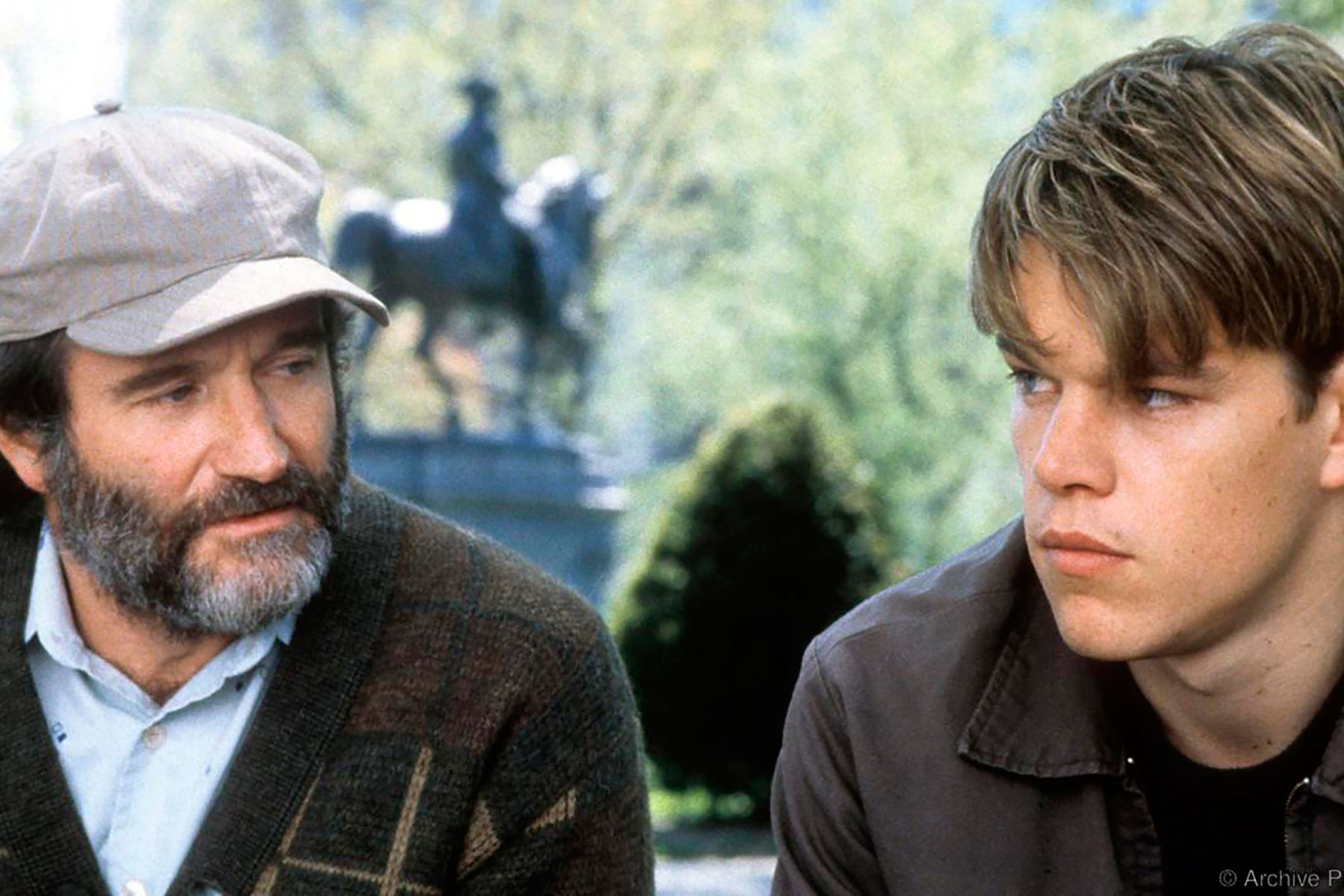
The other day my friend and colleague, Sebastián Lora, visited Barcelona and we met for a stimulating Gin&Tonic. He asked for my opinion about a workshop he’s preparing for Toastmasters. I gave one at last year’s District Conference, so I shared my experience.
Afterward, I wondered if I’d given useful advice. I began to reflect on criteria to recognize good advice. Family, friends, colleagues and professors whose counsel I deeply value came to mind. What do they have in common? Two things stood out:
Questions instead of recommendations
are a sign of good advice.
1. The people who give me good advice never say: “you should do this”. They have in common that they ask questions that help me discover what to do. This is a sign of wisdom.
They know no two situations are the same, that their experience is always their experience. And if they have a pretty good idea about what to do, even so they use questions to help me see the way, not just the finish line.
Tell me how – now that’s priceless!
2. Good advice consists of “how” not “what”. The people who’ve helped me improve and grow are those who’ve suggested specific alternatives.
General advice is easy to get — and give! — because it requires no real effort: do this, do that, be this, be that, blah, blah, blah! But find someone who tells you HOW you can do it, who suggests SPECIFIC ways and you’ve found a true treasure!
The world is full of people with a message.
There are few with a method.
You know you’ve found a good adviser when you hear questions that help you decide rather than recommendations that tell you what to do.
You know you’ve found a good adviser when you hear specific suggestions to improve instead of general guidelines to follow.
Did I live up to these criteria with the advice I gave to Sebastián? Only he can say. 🙂 I do remember asking questions and giving a few tips. But there’s no doubt: next time I’ll do better following these two principles!
How do you recognize good advice?
Make It Touchable, Belarmino Said
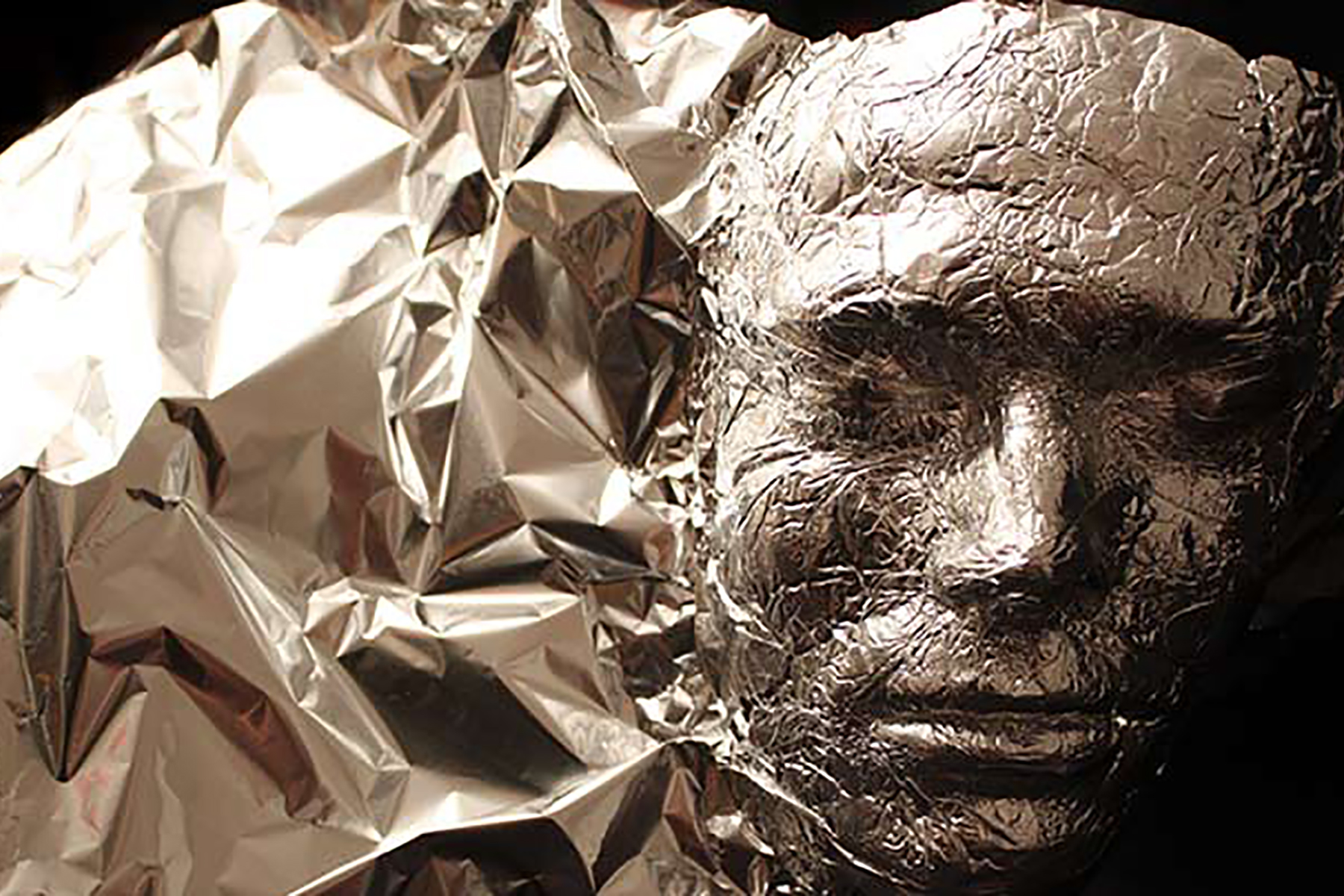
“What motivates people?” – I was asked in a recent interview. The question reminds me of a story back when I worked in prisons. My colleagues and I had been asked to do a mini workshop with the inmates about identity and self-perception.
The key to motivation is to find the right reasons for someone to want to do something.
How on earth were we going to get prisoners engaged in a mandatory session on identity and perception?? I remember we were in the prison’s community area, brainstorming on how we could pull this off, when one of the senior guards said:
“Don’t sweat it. If they don’t want to do something, they won’t. And there’s nothing you can do about it.” His intention wasn’t to discourage us, rather to warn us not to get our hopes up high. It didn’t work – we did get our hopes up!
I remember us thinking: “Okay, so if what this man is saying is true, all we have to do is get the prisoners to want to do the workshop.” We realized that they would do anything we asked them to do, as long as we found a way for them to want to do it.
In fact, this became a guiding principle for our activities during the years we worked with inmates. And we did accomplished some cool stuff, such as plays, holiday parties, gastronomic events, even a meditation retreat!
If you want to motivate someone, make it touchable.
Appeal to their interests, not yours; their values, not yours.
On that particular occasion, we asked an actor friend, Belarmino, to help us. He suggested: “Let’s make it touchable”. So he asked the inmates to take turns in pairs in placing a sheet of tinfoil on each other’s face and to gently mold a mask.
Belarmino asked each one if they recognized themselves in the mask and contrasted their opinion with comments from the group. Et voilà! – thirty inmates having a philosophical conversation about self-perception and identity. Impressive!
We then formed a circle and passed a broomstick around. Everyone pretended it was a different object and the group guessed what it was. This way Belarmino conveyed the idea that when we change our actions, the way others perceive us also changes. Effective and fun!
To this day, when I think of motivation, I remember Belarmino: “Make it touchable!” To make people do things is not to motivate them. That’s to force them. To motivate is to find a way for them to want to do it. And if you can do that… they’ll do anything for you!
Do you know someone who could benefit from Belarmino’s inspiration? Share his story!
Shadows of Creativity
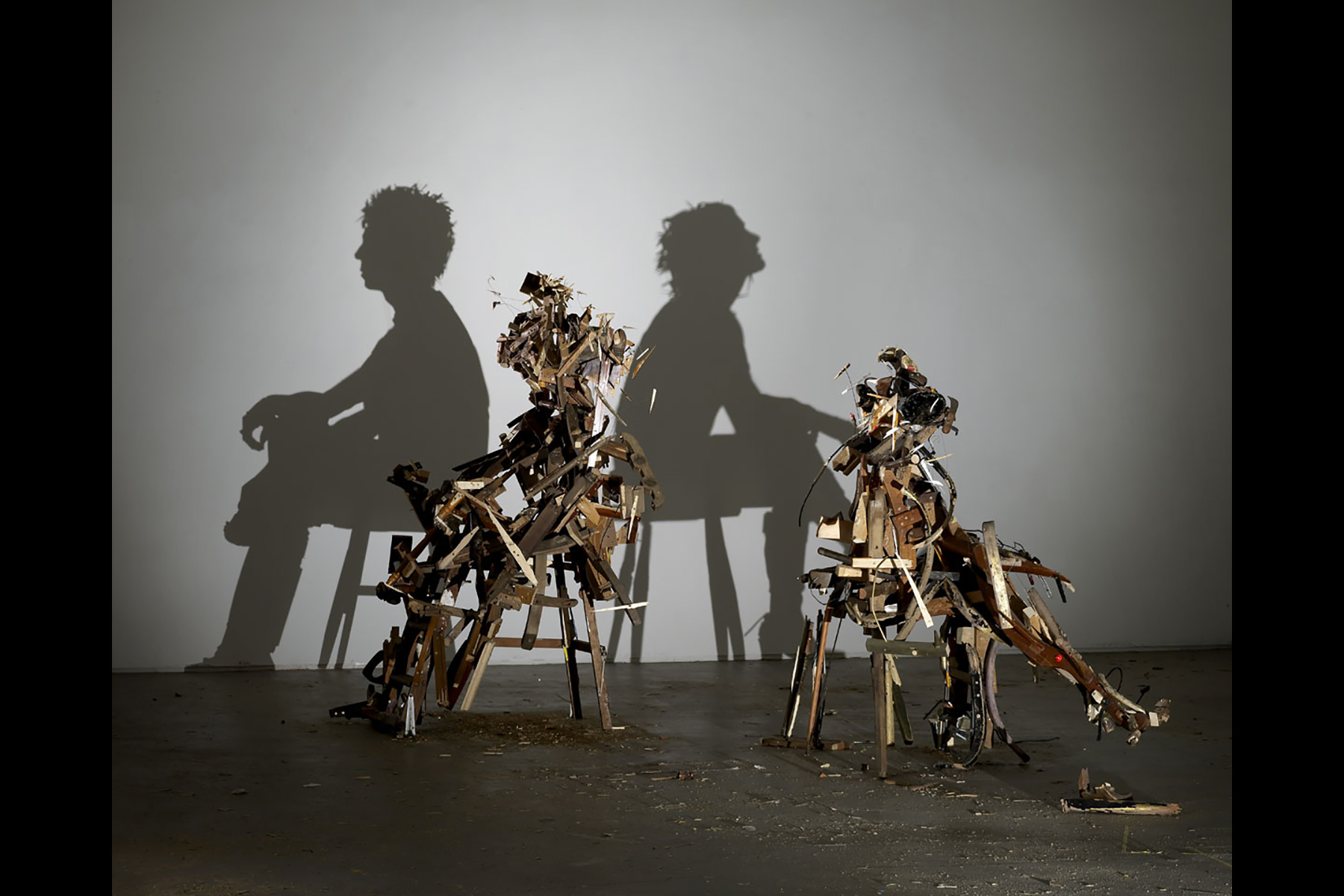
We tend to feel low when shadows get in the way of the path we believe leads to happiness. We want the sunshine, not the cloudy skies. And that’s all right.
Nonetheless, shadows sometimes get in the way of our projects, expectations and dreams. Therefore, it does us good to remember that if there are shadows it is because there is light. This means that the shadows in our life ARE light, just not where we expect it to be.
This is where our creativity can kick in. We might want to actively wait for the shadows to pass; we might want to step around the shadows and into the light somewhere new; we might consider the idea of appreciating the dark features of the shadows in order to boost our contentment of the light; we might seek new, inner light — it’s up to you!
Because shadows are the tangible evidence of light somewhere, they’re a fantastic incentive for a creative use of our potential everywhere.

